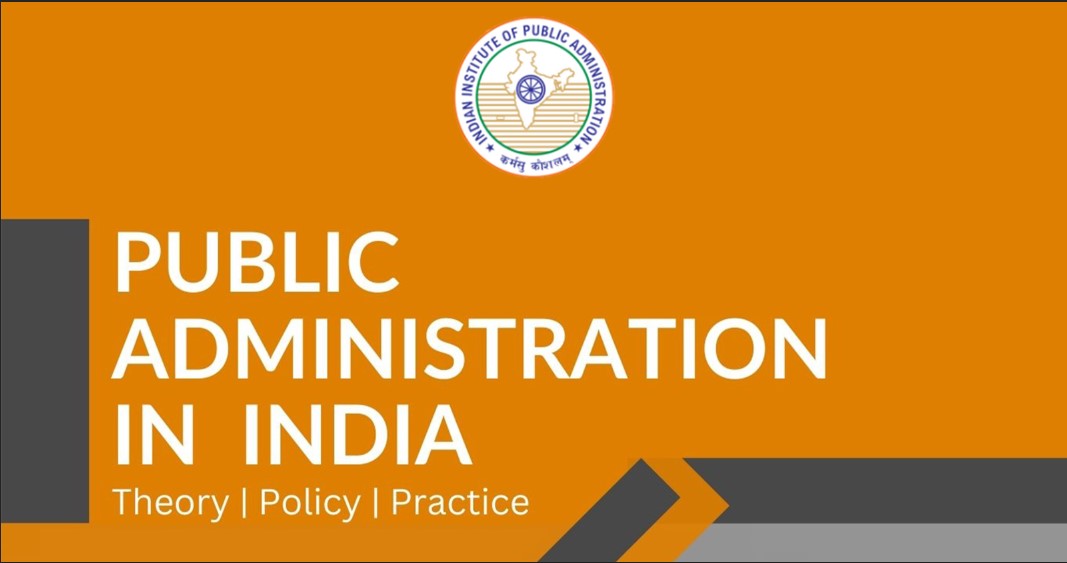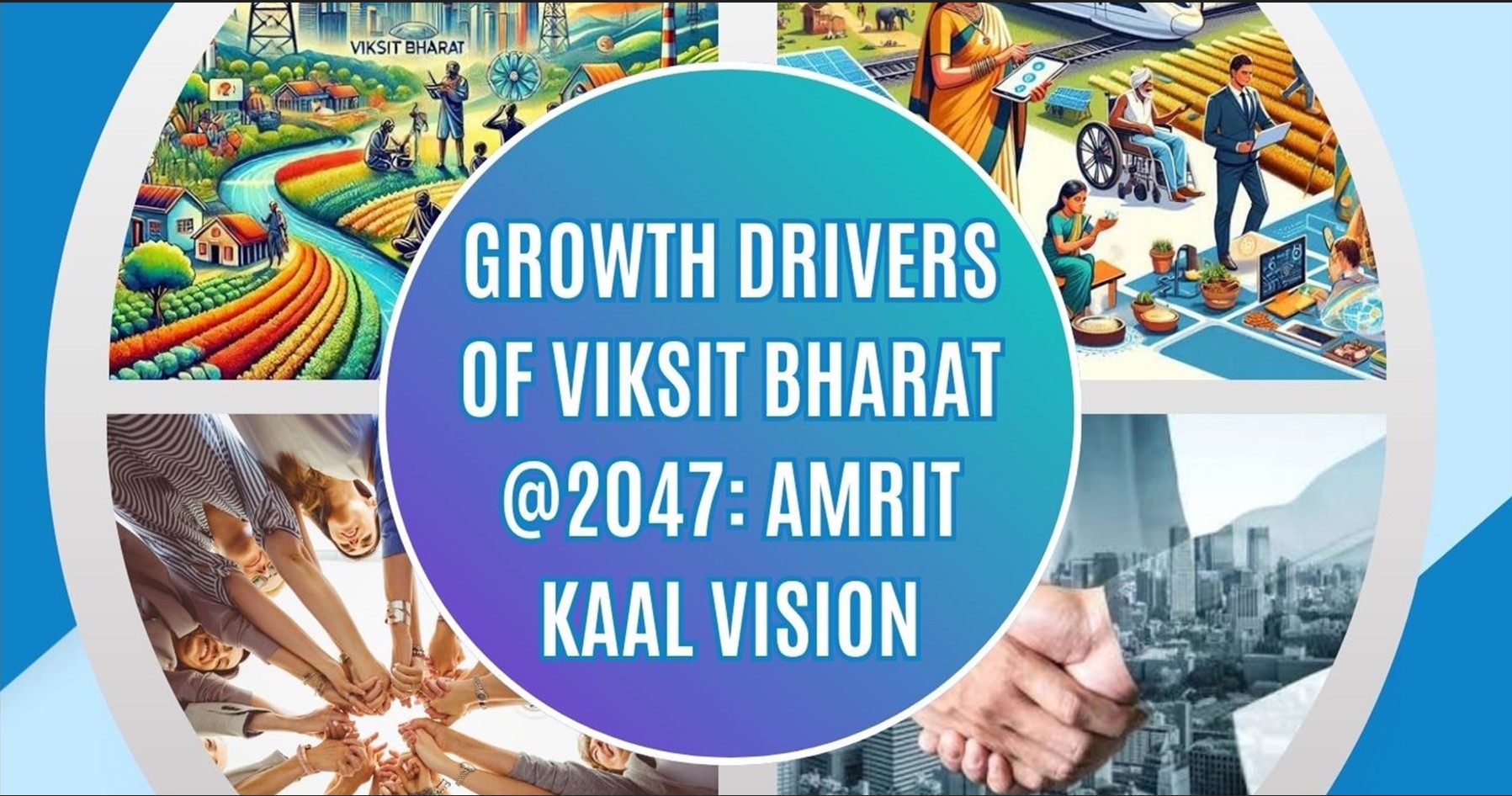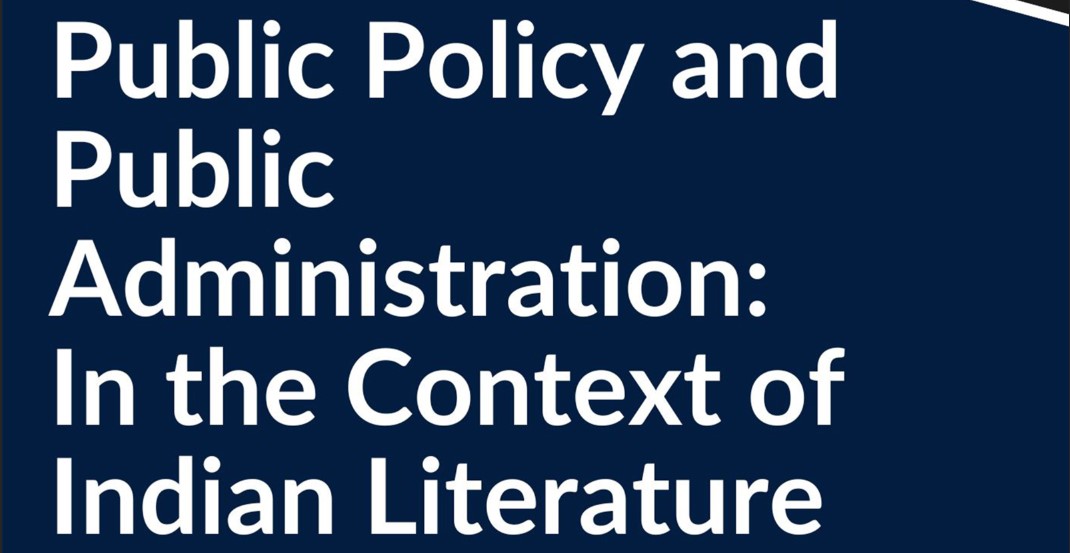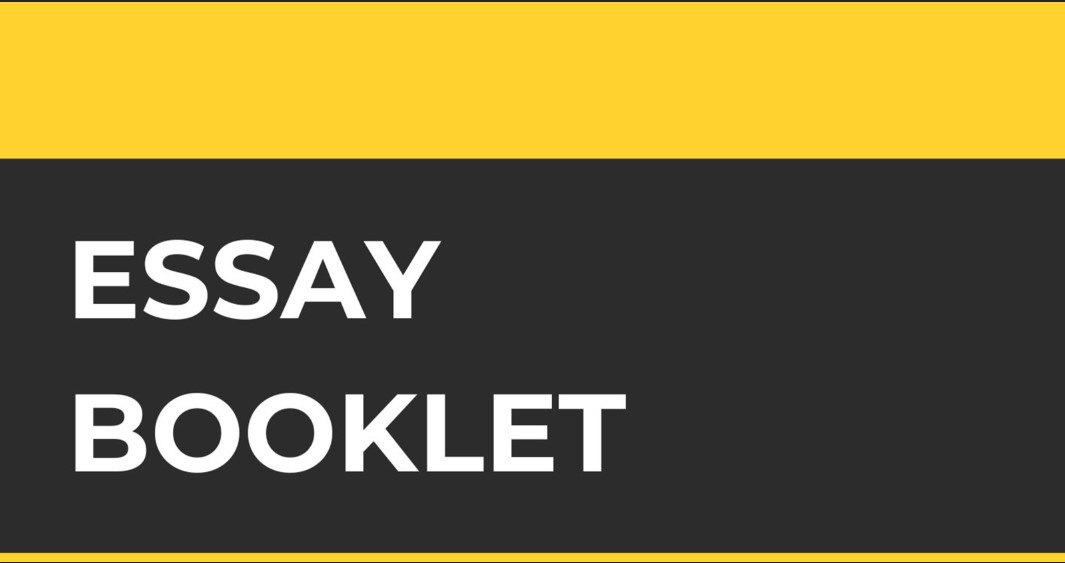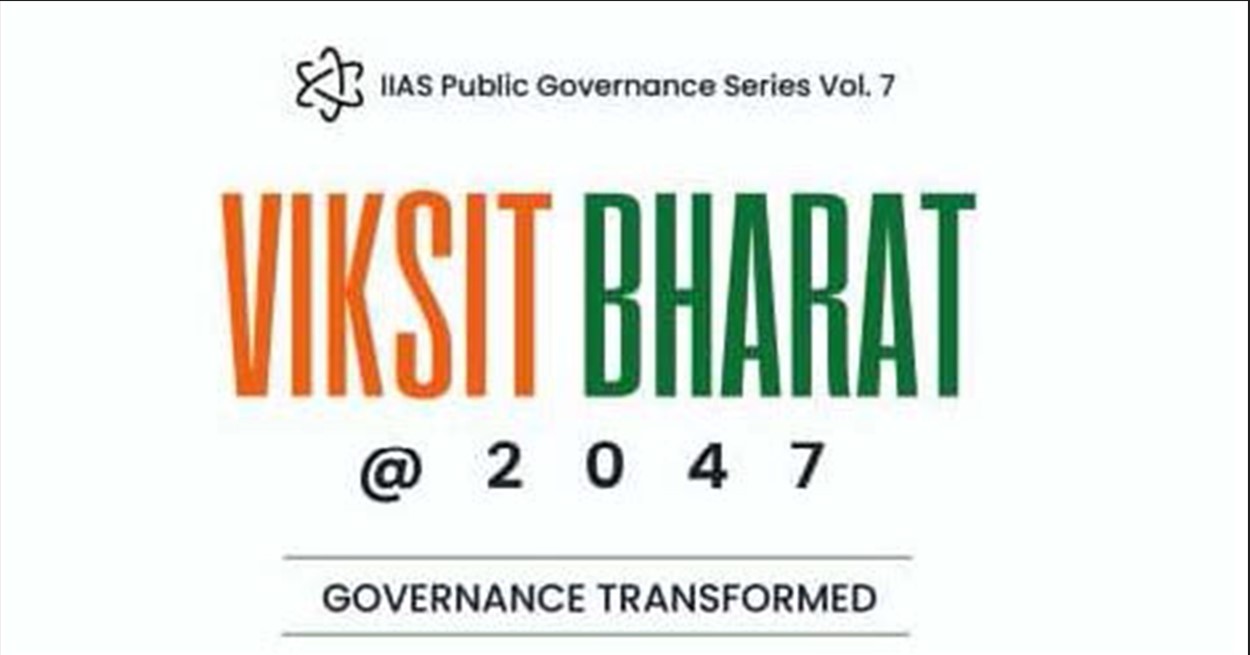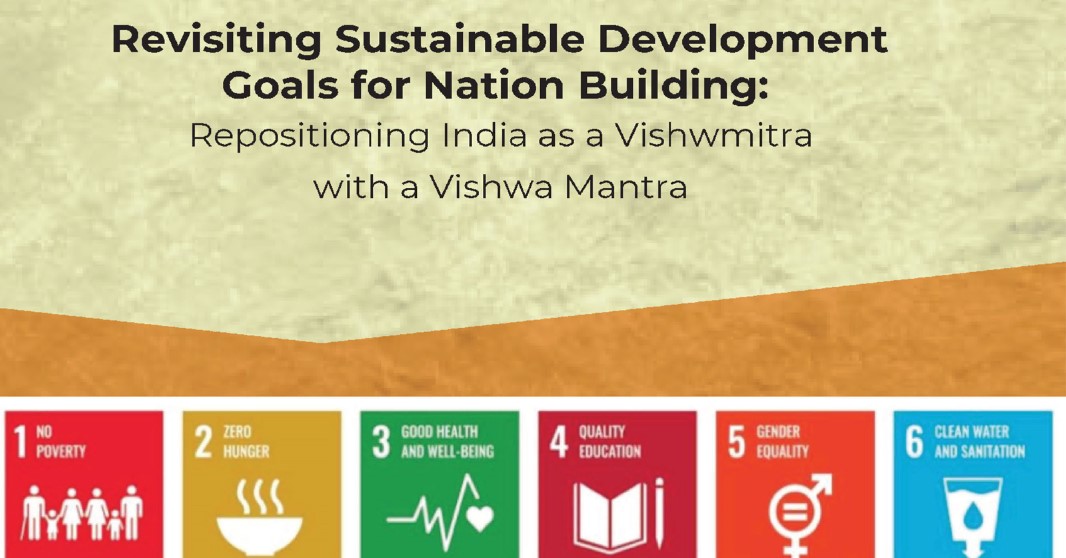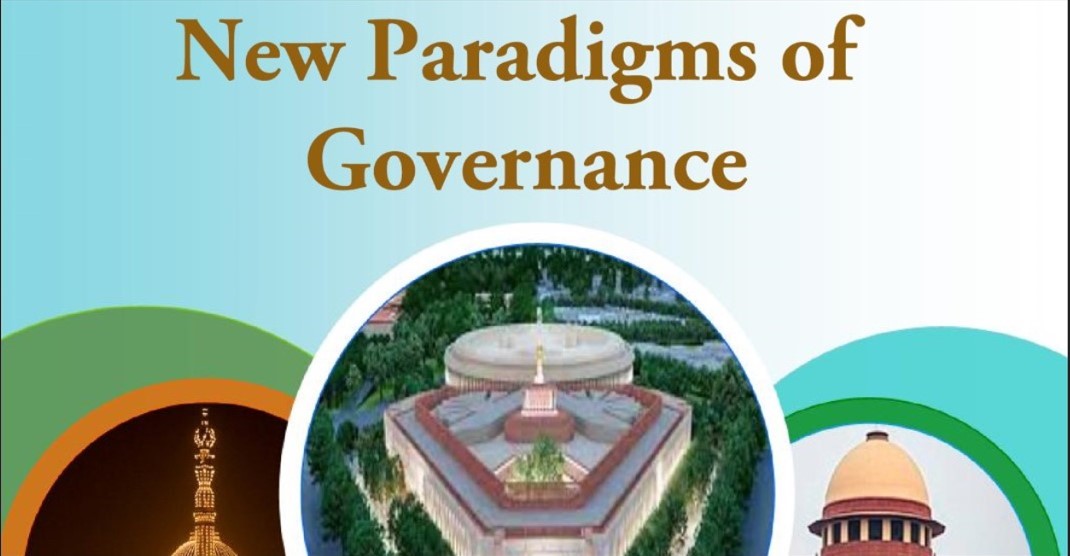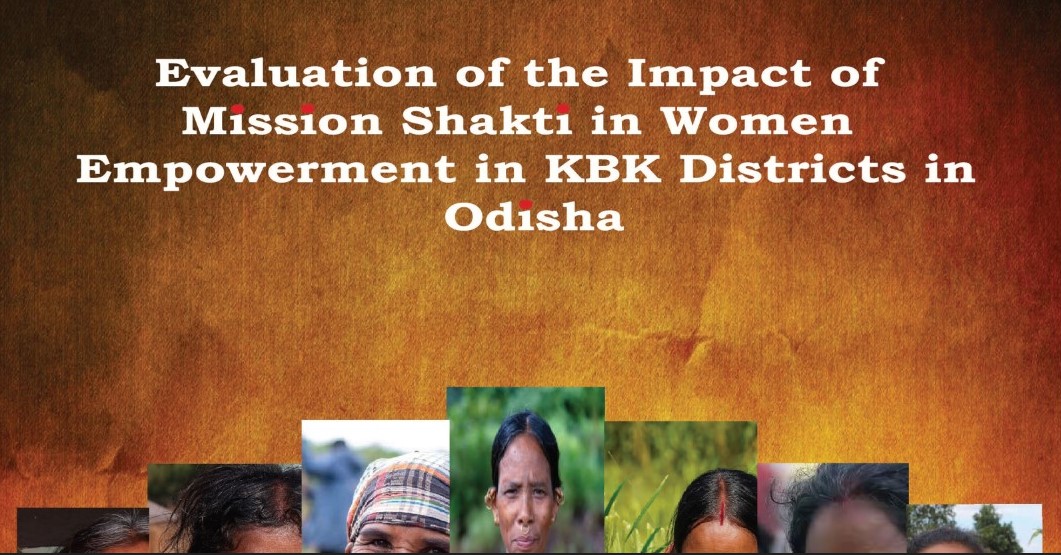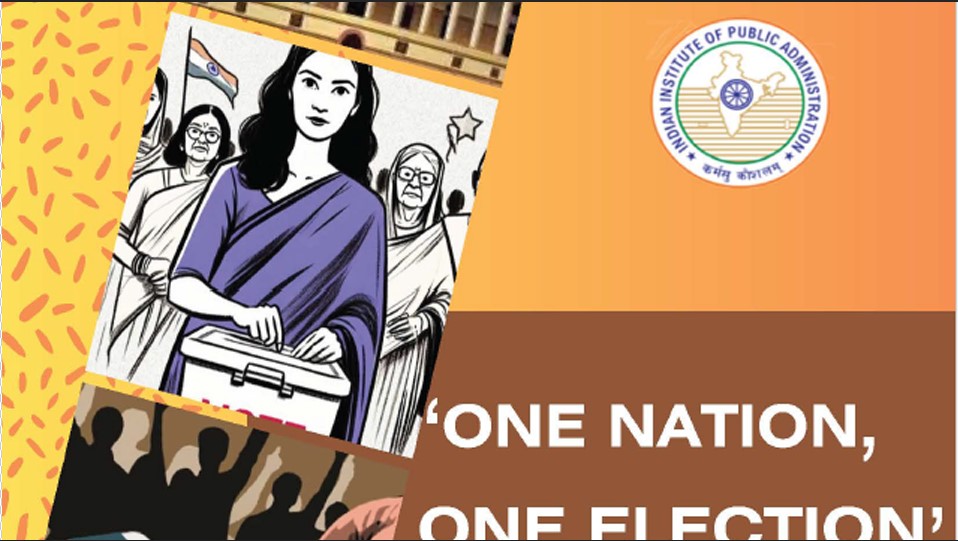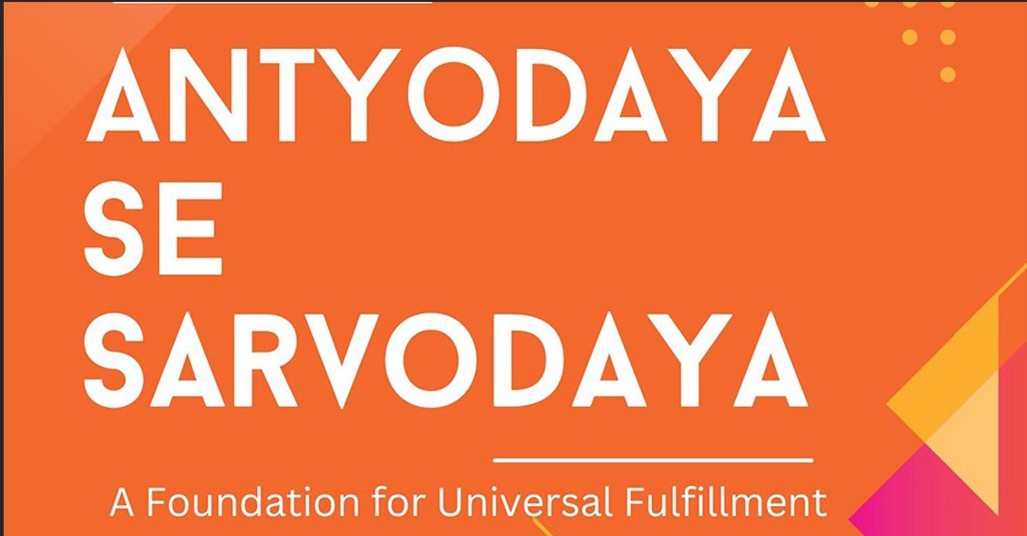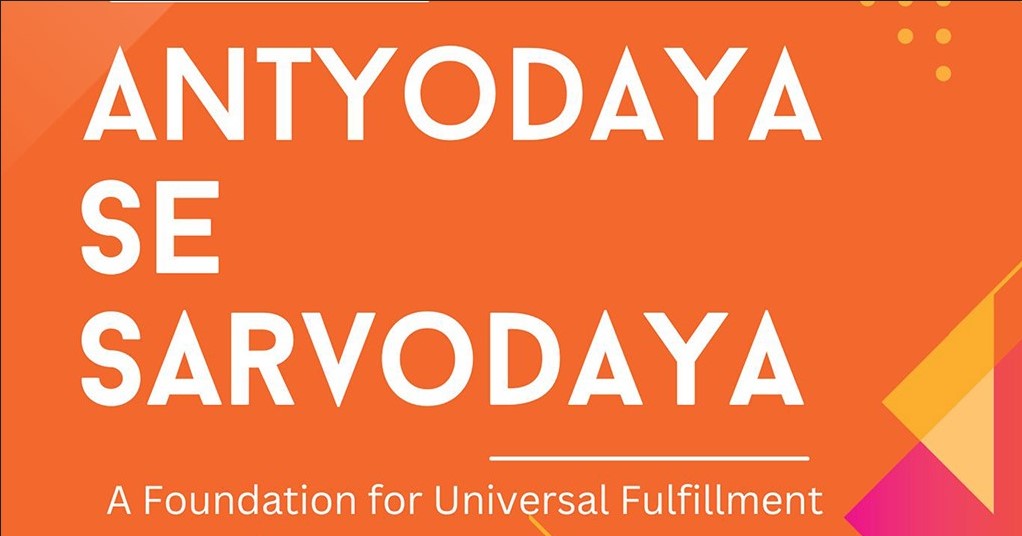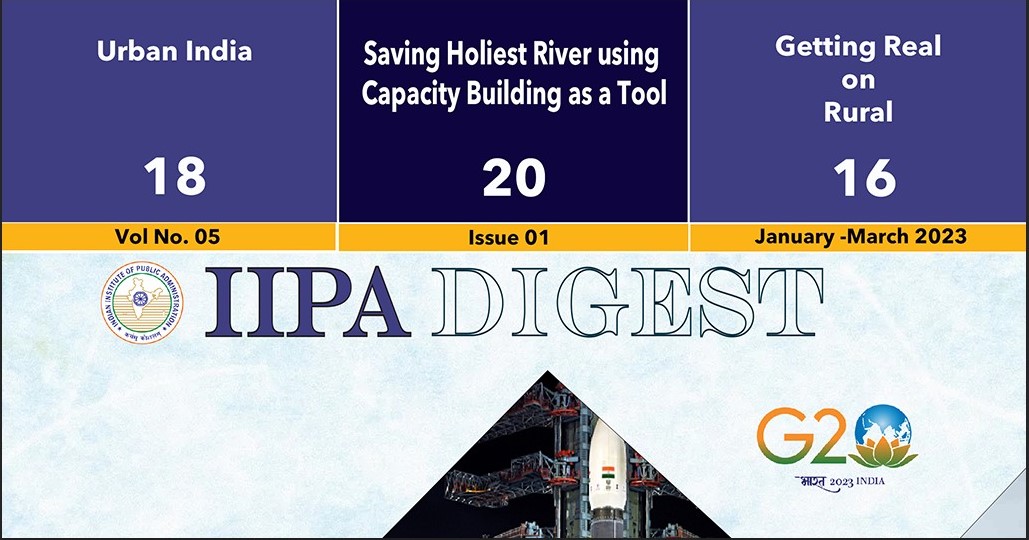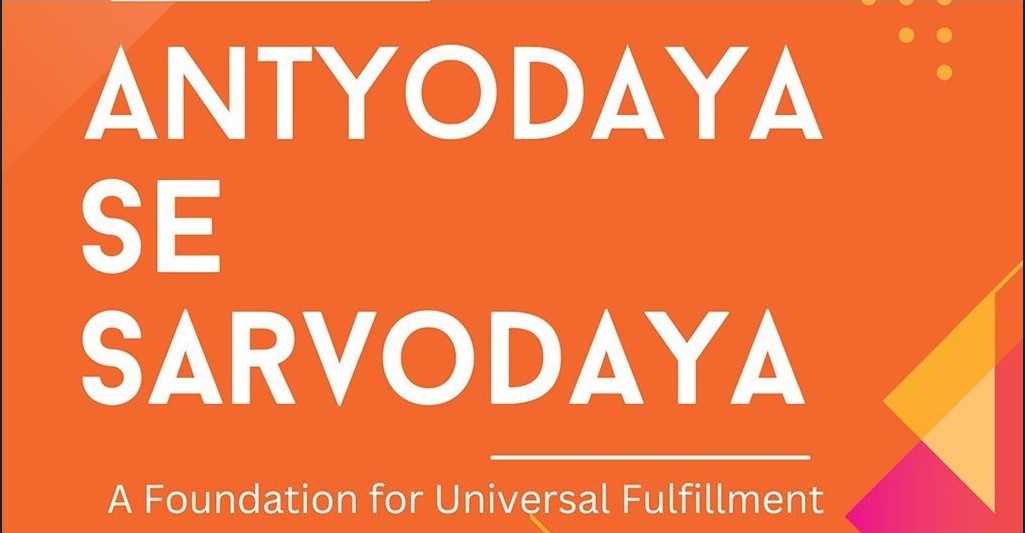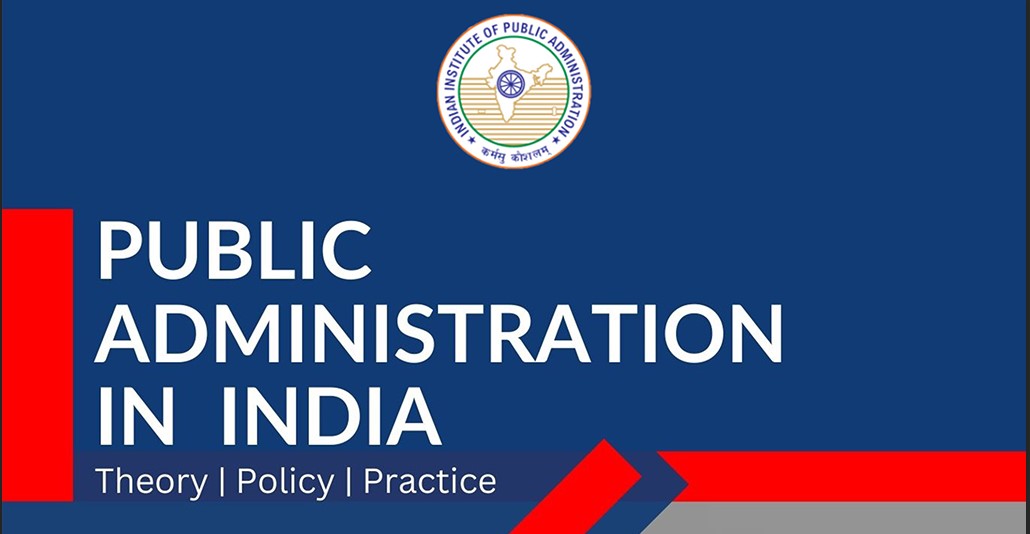Public institution and society
Introduction
Public institutions in ancient India refer to formal structures and assemblies that governed civic life, regulated societal relationships, enforced laws, and facilitated community welfare. These included monarchies, republics, village panchayats, city councils, and various assemblies such as Sabha, and Samiti, which ensured grassroot and consultative participation in decision-making. Public institutions in ancient India were foundational to societal organization, governance, and collective identity, shaping the country's social, political, and economic landscape through diverse mechanisms and philosophies.
Society was stratified (Goyal, 2024, Tanzj, 2023). Public institutions included monarchies, republican assemblies (sabhas and samitis), educational centers like Nalanda and Taxila, religious monasteries, and economic guilds (shrenis). Society featured varna-jati systems, gender roles, occupational divisions, and ethical frameworks, with regional variations highlighting pluralism. Sanskrit sources idealize hierarchical governance and dharma-based society (Banerjea, 1916), while Sangam poetry depicts a vibrant, warrior-agrarian Tamil world with emphasis on justice and trade (UNESCO). Buddhist and Jain literatures advocate equality and non-violence, critiquing caste rigidity, (Muhlberger, 1998; Jain, 1947).
Local self-government, as seen in panchayats and territorial councils, promoted social cohesion, law and order, and consensus-driven conflict resolution. Monarchs exercised centralized power but depended on regional institutions to maintain control, collect taxes, and address common people's concerns.
The study of public institutions and society in ancient India reveals a complex interplay of political, social, economic, religious, and educational frameworks, documented extensively in regional literatures.
These sources provide primary evidences into governance and daily life. Sanskrit literature, as the lingua franca of northern India, dominates with prescriptive texts like the Arthashastra, which details administrative institutions (Banerjea, 1916). In contrast, Sangam literature from the south portrays a society centered on heroism and ecology (Wikipedia). Buddhist and Jain texts introduce reformist views, emphasizing monastic institutions as societal models (Budsas, 2003; Jain, 1947). Bengali literature, though emerging later, echoes ancient themes through mystic songs in Charyapada, reflecting Buddhist-Tantric societal undercurrents (Baruwa, 2007).
Public institutions at the local level, such as village councils (ur), Brahmin assemblies (sabha), and merchant organizations (nagaram), operated independently, reflecting regional distinctions in administration and democratic engagement. This chapter describes these elements through Sanskrit texts, Sangam literature, Budhist scriptures, and Jain norms.
Excerpts from Regional Literature
“An efficient king must found towns, build forts, appoint ministers and judges, establish guilds of artisans, and regulate all state and municipal offices”. source: Arthasashtra
"There shall be the assembly of the wise to advise the king, the sabha by the temple compound, overseers for the street, the market and for waterways." Source: Tolkappiyam (Tamil Text)
"The city with its tall walls, the king holding just assemblies, bards and minstrels honored at the court, law protected; in this great land, even the rarest pearls come to market", source: Purananuru "The king, chosen by the sabha and samiti, protects men according to dharma, supported by wise counselors." Source: Rigveda
"Let the king, after examining the circumstances with experienced ministers and the chief officials (amahatras), undertake whatever is beneficial for the people.", Source: Manusmriti
The above quotations show that the Public institutions in ancient India were fundamental to ensuring the stability, prosperity, and ethical governance of society, serving diverse roles from administration and economic management to education and welfare. These institutions enabled participatory decision-making and contributed to a cohesive social structure that sustained Indian civilization across.
Diverse Role
In ancient India, public institutions were diverse and evolved over time, reflecting the social, political, economic, and religious structures of various periods. These institutions were often intertwined with caste, religion, and local governance systems. Different types of public institutions that existed, based on historical texts are explored below.
Political and Administrative Institutions
“Assemblies (sabha) and councils (mantri-parishad) are the pillars of the kingdom; their deliberations should always be for public good.” (Mahabharata).
“An efficient king must find towns, build forts, appoint ministers and judges, establish guilds of artisans, and regulate all state and municipal offices.” (Arthashastra).
“There shall be the assembly of the wise to advise the king, the sabha by the temple compound, overseers for the street, the market and for waterways.” (Tolkappiyam, as cited in mutiru-tamilwisdom.blogspot.com).
Sanskrit texts like the Rigveda mention sabhas and samitis as democratic forums for decision-making, predating Greek systems (Muhlberger, 1998). The Arthashastra prescribes a seven-limbed state (saptanga rajya), including king, ministers, and spies, for efficient administration (Banerjea, 1916). Epics like Mahabharata discuss rajadharma, emphasizing justice in governance (Sharma, 2008).
Sangam literature portrays Tamil kings as patrons of arts and justice, with Purananuru poems lauding equitable rule and local assemblies (avai) for public disputes (Deines, 2024). This evidences a federal-like structure in southern kingdoms. Buddhist Vinaya texts model sangha governance on consensus, influencing secular republics (Granthaalayah). Jain literature highlights kings like Chandragupta embracing asceticism, integrating ethics into politics (Saletore, 1938). Bengali Charyapada subtly critiques societal power through mystic verses, linking to ancient eastern polities.
The Sabha and Samiti represent foundational political institutions in ancient Vedic India, emerged as assemblies that facilitated governance, deliberation, and social cohesion within tribal societies. These bodies are frequently referenced in Vedic texts, such as the Rigveda and Atharvaveda, underscoring their significance in a semi-nomadic, kinship-based polity where monarchical authority was not absolute but tempered by collective decision-making.
The Sabha functioned as a more exclusive council, comprising elders, nobles, and influential members of the community, often described as a body of wise men or aristocrats. It served judicial, advisory, and administrative roles, resolving disputes, interpreting customs, and guiding the raja (chief or king) on matters of policy. According to Vedic hymns, the Sabha was akin to a "house of assembly" where debates on legal and moral issues occurred, emphasizing dharma (righteous order). The Sabha's exclusivity is evident from its association with the elite, as it precluded broader participation, focusing instead on maintaining social hierarchy within the varna system, where Brahmins and Kshatriyas dominated proceedings.
In contrast, the Samiti was a larger, more inclusive assembly, representing the common people, alongside the elite, and convened for broader discussions on tribal affairs, such as warfare, alliances, and resource allocation. It played a pivotal role in electing or affirming the raja, symbolizing a form of popular sovereignty in an otherwise hierarchical society.
Economically, Sabha and Samiti influenced resource management, however, their decline paralleled the rise of janapadas (territorial states), where centralized power succeeded assembly-based governance.
Monarchical Institutions
At the core was the king, viewed as a divine protector upholding dharma, with absolute authority over policy, justice, and military affairs.
Bureaucracy was highly organized, with departments like the samaharta (revenue collector) managing land taxes (bhaga) and trade duties, supporting a vast economy. Military institutions undergirded monarchical power, with a standing army of infantry, cavalry, elephants, and chariots, funded by state revenues.
Economic Institutions
The institution of shreni, or guilds, in ancient India represented a sophisticated form of economic organization that emerged prominently and flourished. These associations of merchants, artisans, and traders were pivotal in regulating commerce, craftsmanship, and social relations, functioning as self-governing bodies with legal autonomy. Rooted in Vedic references to occupational groups, shreni evolved into formalized entities by the time of the Buddha, as evidenced in Jataka tales and Buddhist scriptures, where they are depicted as influential in urban economies.
Shreni were typically organized by profession, such as weavers (tantuvaya), potters (kumbhakara), or jewelers (manikara), and operated under elected leaders known as shreshthin or jetthaka, who enforced internal rules, resolved disputes, and represented the guild in external affairs. Their structure included hierarchical roles, with apprentices, journeymen, and masters, fostering skill transmission and quality control. Economically, guilds controlled production standards, pricing, and market access, often holding monopolies in specific trades. Inscriptions from sites like Mathura and Sanchi reveal guilds donating to religious institutions, indicating their wealth and social integration. The Arthashastra of Kautilya prescribes state oversight of guilds, including registration and taxation, while granting them judicial powers over members, blending autonomy with royal regulation.
Shreni demonstrated ancient India's innovative approach to economic self-regulation. They contributed to urbanization. In religious contexts, guilds patronized temples, commissioning art and architecture, thus intertwining economy and culture.
Trade and Market Regulation
Sangam literature offers rich evidence of trade and market life in ancient Tamilakam, documenting bustling urban centers such as Puhar and Madurai. Texts highlight the role of local assemblies (nagaram) and councils (ur, sabha) in regulating markets, weighing and measuring goods, resolving commercial disputes, levying taxes and tolls, and ensuring fair competition. The presence of maritime trade, both within India and with distant lands, is emphasized in Sangam poems, reflecting an economically vibrant society with trade guilds that contributed to wealth accumulation and political power.
Taxation and Revenue Systems
Sanskrit texts elaborate on intricate taxation machinery. Kings levied land tax (bhaga), customs duties, trade tariffs, and fines for economic regulation. Land grants (brahmadeya) and endowments to temples and educational institutions also feature prominently, fostering economic redistribution and the development of infrastructure.
Religious and Cultural Institutions
Religious institutions in ancient India were central to the spiritual, social, cultural, and political life of the subcontinent. Through the prism of regional literatures Sanskrit, Sangam, Buddhist, and Jain texts—these institutions emerge not merely as centers of worship but as multifaceted entities that provided education, social welfare, political legitimacy, and economic influence. Their enduring role and diversified functions shaped the contours of ancient Indian civilization profoundly.
Temples and Monasteries in Ancient India
Temples and monasteries in ancient India served as multifaceted institutions, evolving from simple Vedic altars to grand architectural complexes by the Gupta period, integrating religious, educational, economic, and social functions.
Sangam Tamil literature portrays temples as vital components within urban and rural social fabric. Poems in Purananuru and Akananuru highlight temples hosting festivals that catalyzed social cohesion and affirmed royal authority (Narayanan, 1996). Temples were not isolated religious spaces but intertwined with governance and community life. They fostered local identity, supported artistic performance, and operated as centers where power was both expressed and negotiated on public terms.
Buddhist monasteries, though originated as seasonal retreats for monks but developed into permanent settlements with stupas, chaityas, and residential cells. They facilitated monastic life under the Vinaya rules, emphasizing community (sangha) and meditation.
Hindu temples symbolized cosmic order, with garbhagriha (sanctum) housing deities. Temples managed vast lands through brahmadeya grants, functioning as economic hubs for agriculture and trade. Chola inscriptions detail temple committees (variyam) overseeing finances and festivals. Socially, they promoted inclusivity, hosting pilgrimages and charitable activities, though access varied by caste.
Monastic Institutions: Buddhist Sangha and Jain Sangha
Buddhist canonical literature depicts the Buddhist sangha as a democratic and regulatory religious institution. The sangha functioned through assemblies where monks collectively decided on disciplinary matters, administrative organization, and doctrinal interpretation, reflecting an early form of religious self-governance (Rhys Davids & Oldenberg, 1881) Buddhist monasteries eventually became centers of learning, healthcare, and charity, as confirmed by Ashoka’s edicts that exhorted the king and subjects to support monks and hospitals (Thapar, 2002).
Jain institutions gained prominence in western and southern India, where they played critical economic roles via endowments and charitable operations, as well as political influence by advising rulers and patronizing arts and education. Monasteries like Nalanda integrated education, attracting scholars from China and Tibet.
Education and Knowledge Transmission
Religious institutions were instrumental in promoting education. Sanskrit universities like Nalanda and Takshashila both closely linked with Buddhist monastic traditions were renowned centers of cross-cultural learning attracting scholars from across Asia (Thapar, 2002). Temple complexes in Tamil regions also functioned as educational hubs where formal and informal learning included religious studies, arts, music, dance, and language (Muralidharan, 2006). Thus, religious institutions nurtured knowledge production and dissemination, contributing both to spiritual and temporal realms.
Social Welfare and Public Services
Religious institutions in ancient India undertook significant social welfare roles. Such establishments provided free medical care, shelter for travelers, and almsgiving to the poor, thus integrating religious practice with public health and welfare (Strong, 2001).
Temples fulfilled additional social functions by organizing communal festivals, redistributing resources via land grants, and supporting artisans and marginalized groups. Through rituals and charity, these institutions fostered social harmony and mitigated conflicts engendered by hierarchical caste and class structures, as reflected in the egalitarian ideals espoused by Vedic and later Buddhist ethics (Narayanan, 1996; Thapar, 2002).
Conclusion
Political institutions in ancient India, as documented in regional literatures, reflected a layered and diverse governance system combining monarchy, assemblies, councils, and local self-governance. These institutions performed critical roles from lawmaking and justice to administration and military leadership while balancing central authority with community participation. Regional texts uniquely complement each other by illustrating pan-Indian theoretical frameworks alongside localized, concrete administrative realities. This synthesis highlights the pluralistic yet coherent political culture that defined ancient India.
References
1. Arthashastra (trans. R. Shamasastry). (1915/2010). Bangalore: Government Press.
2. Banerjea, P. (1916). Public administration in ancient India. https://archive.org/download/publicadministra00banerich/publicadministra00banerich.pdf
3. Baruwa, S. (2007). Buddhist Charyapada & Bengali identity. https://gold.muktomona.com/Articles/Sona_Baruwa/Genocide.pdf
4. Budsas. (2003). The six Buddhist universities of ancient India. https://www.budsas.org/ebud/ebdha240.htm
5. Deines, T. (2024). Sangam literature | Research starters. EBSCO. https://www.ebsco.com/research-starters/literature-and-writing/sangam-literature
6. Goyal, R. (2024). Democracy in ancient India. Voice of India. https://voiceofindia.me/2024/08/15/democracy-in-ancient-india-rakesh-goyal/
7. Jain, J. C. (1947). Life in ancient India as depicted in the Jain canons. https://wiswo.org/books/_resources/book-reference-pdfs/JainJC-1984-Life-In-Ancient-India-As-Depicted-In-Jain-Canons.pdf
8. Mahabharata (trans. Kisari Mohan Ganguli). (1883-1896). Calcutta: Bharata Press.
9. Manusmriti (trans. G. Bühler). (1886). Oxford: Clarendon Press.
10. Muhlberger, S. (1998). Democracy in ancient India. Indian Knowledge Systems. https://iks.iitgn.ac.in/wp-content/uploads/2016/01/Democracy-in-Ancient-India-S-Muhlberger.pdf
11. Muralidharan, S. (2006). Social and Religious Life in Ancient Tamil Nadu. University of Madras.
12. Narayanan, M. G. S. (1996). Perumāḷs of Kerala. Thrissur: CosmoBooks.
13. Purananuru (trans. George L. Hart & Hank Heifetz). (1999). New York: Columbia University Press.
14. Rhys Davids, T.W., & Oldenberg, H. (1881). Vinaya Texts, Pali Text Society.
15. Rigveda (trans. Ralph T.H. Griffith). (1896). Benares: E.J. Lazarus & Co.
16. Saletore, B. A. (1938). The Jaina sources of the history of ancient India. https://telibrary.com/wp-content/uploads/2022/08/The-Jaina-Sources-Of-The-History-Of-Ancient-India.pdf
17. Sharma, S. (2008). Spheres of public governance in ancient India: Reflections on Abhignanshakuntalam of Kalidasa. ResearchGate.
https://www.researchgate.net/publication/342210594_Spheres_of_Public_Governance_in_Ancient_India_Reflections_on_Abhignanshakuntalam_of_Kalidasa
18. Strong, J. S. (2001). The Experience of Buddhism: Sources and Interpretations. Wadsworth Publishing.
19. Tanzj. (2023). Higher education institutions in ancient Indian history. https://tanzj.net/wp-content/uploads/2023/10/3-15.pdf
20. Thapar, R. (2002). Early India: From the Origins to AD 1300. University of California Press.
21. Tolkappiyam (trans. Ilakkuvanar, M.). (2004). Chennai: Asian Educational Services.
22. UNESCO. (n.d.). Sangam literature as a source of evidence on India's trade with the Western world: Problems of methodology.
https://en.unesco.org/silkroad/knowledge-bank/sangam-literature-source-evidence-indias-trade-western-world-problems-methodology
23. Wikipedia. (n.d.). Sangam literature. https://en.wikipedia.org/wiki/Sangam_literature
Bibliography
1. “Sangam Age.” (2019). https://www.drishtiias.com/to-the-points/paper1/sangam-age-1
2. Bhagavati Sutra (trans. K.C. Lalwani). (1973). Delhi: Mahavir Jain Vidyalaya.
3. Bronkhorst, J. (1993). The Two Traditions of Meditation in Ancient India. Motilal Banarsidass.
4. Charaka Samhita; Sushruta Samhita. (n.d.). Ancient Indian medical texts.
5. Chola-era Inscription, Villupuram. (2022). Historical temple records of welfare endowments
6. CPRG India. (2024). Kautilya's Arthashastra.
7. Digha Nikaya (trans. Rhys Davids, T.W. & C.A.F. Rhys Davids). (1899-1931). London: Pali Text Society.
8. DrishtiIAS. (2019). Sangam Age. Retrieved from https://www.drishtiias.com/to-the-points/paper1/sangam-age-1
9. DrishtiIAS. (2019). Sangam Age. Retrieved from https://www.drishtiias.com/to-the-points/paper1/sangam-age-1
10. DrishtiIAS. (2019). Sangam Age. Retrieved from https://www.drishtiias.com/to-the-points/paper1/sangam-age-1
11. DrishtiIAS. (2019). Sangam Age. https://www.drishtiias.com/to-the-points/paper1/sangam-age-1
12. Eagri. (n.d.). Water harvesting and irrigation developments.
13. Granthaalayah. (n.d.). Buddhist education system in ancient India. https://www.granthaalayahpublication.org/Arts-Journal/ShodhKosh/article/download/2399/2146/17800
14. Gupta, N. K. (n.d.). Lines of Tantra (Charyapada). The Incarnate Word. https://incarnateword.in/resources/collected-works-of-nolini-kant-gupta-vol-7/lines-of-tantra-charyapada
15. History Journal. (n.d.). Chola-era inscriptions and annasatras.
16. India Foundation. (2023). The Notion of Welfare by State in Early India.
17. India Water Week. (2022). Water Management in India—From Ancient Community-Based Practices.
18. Indian Knowledge Systems. (n.d.). Guilds in Ancient India. Indian Institute of Technology Gandhinagar. https://iks.iitgn.ac.in/wp-content/uploads/2017/01/Guilds_in_Ancient_India.pdf
19. Iyengar, P.T. Srinivasa. (1979). India’s Historic Inscriptions: Golden Vijayanagara. Asian Educational Services.
20. Kangle, R. P. (Trans.). (1969). The Kautilya Arthashastra. Bombay: University of Bombay.
21. Kangle, R.P. (1969). The Kautilya Arthashastra (Trans.). University of Bombay.
22. Kumar, S. (2016). Foundations of Indian Education: Ancient to Modern. New Delhi: Orient BlackSwan.
23. Pattinappaalai (trans. George L. Hart). (1975). Berkeley: University of California Press.
24. PMC. (2010). Anatomy in ancient India: a focus on the Susruta Samhita.
25. Rangarajan, L. N. (Trans.). (1992). Kautilya: The Arthashastra. Penguin Classics.
26. Reflections Live. (n.d.). Insurance in Ancient Indian Society: Lessons, Values, Community Support.
27. Testbook. (2025). Ancient India Polity: Hospitals, public service, and welfare.
28. Testbook. (2025). Sangam Age: Polity, Literature, Society, Economy and More. https://testbook.com/ias-preparation/sangam-age
29. Vajiram and Ravi. (2025). Jain Literature – Swetambar Texts, Digambara Texts. Retrieved from https://vajiramandravi.com/upsc-exam/jain-literature/
30. Vinaya Pitaka (trans. I.B. Horner). (1938-1966). London: Pali Text Society.
31. Vinaya Pitaka (Trans. Rhys Davids & Oldenberg). (1881). Pali Text Society.
Leave a comment
More articles from Governance & Polity
